Help
Community21 has selected some case study communities and projects to share across the network to inspire and inform others. Should we be featuring yours? If so get in touch.
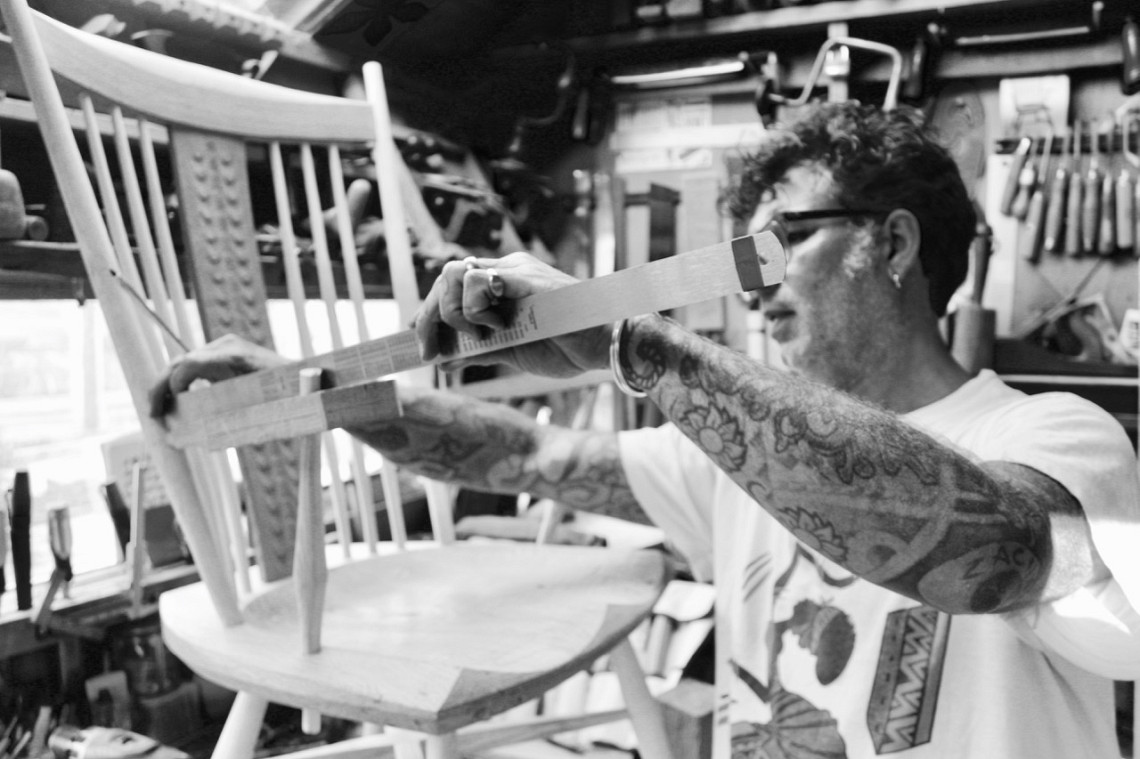
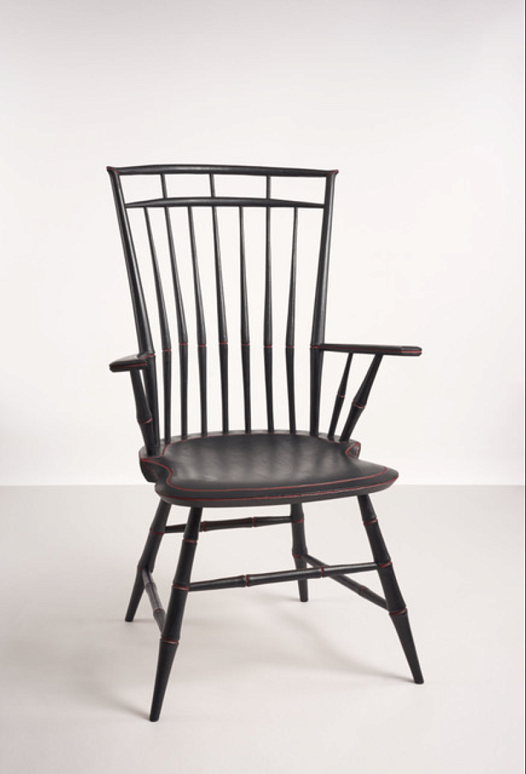
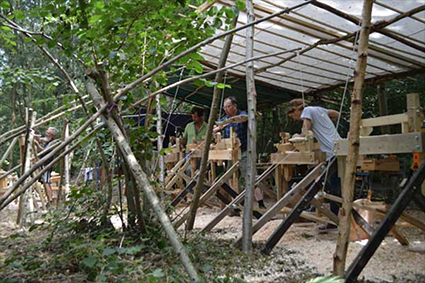

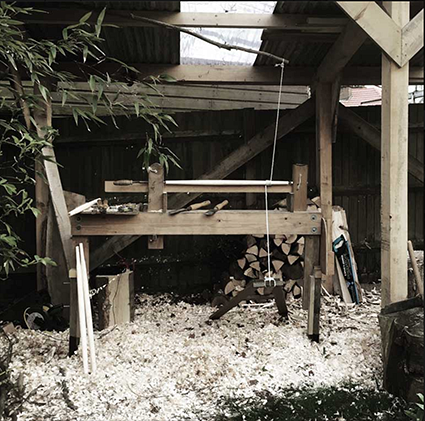

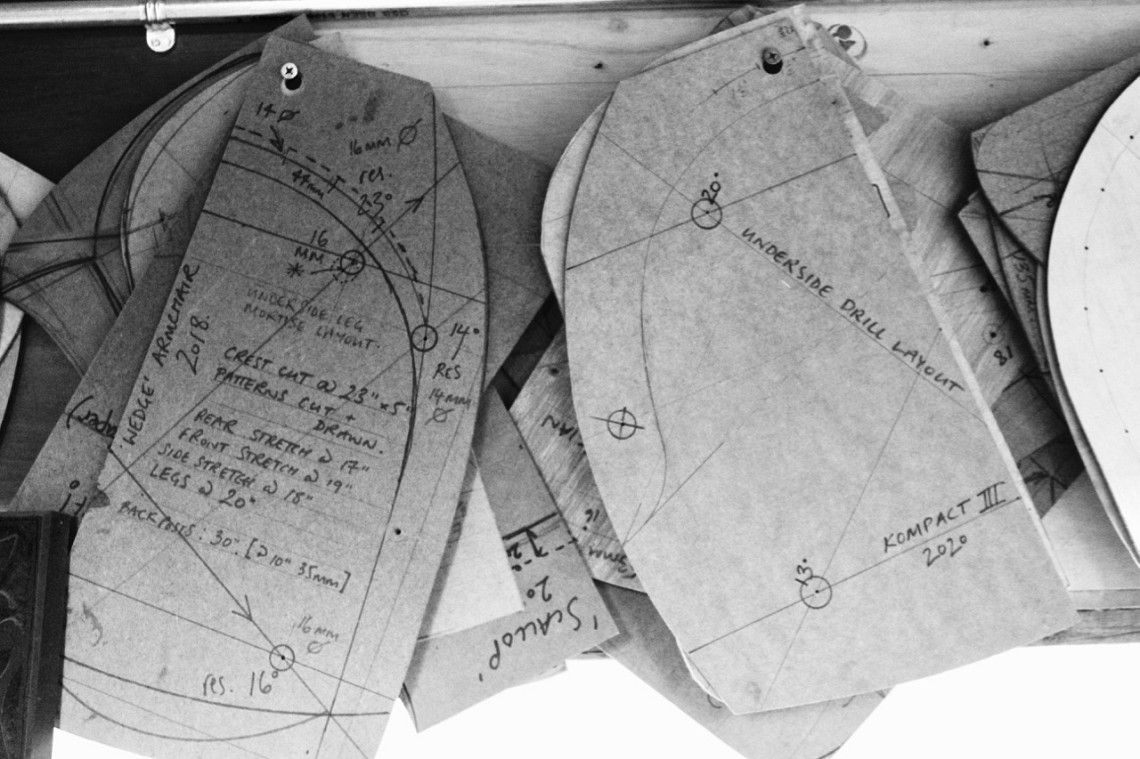
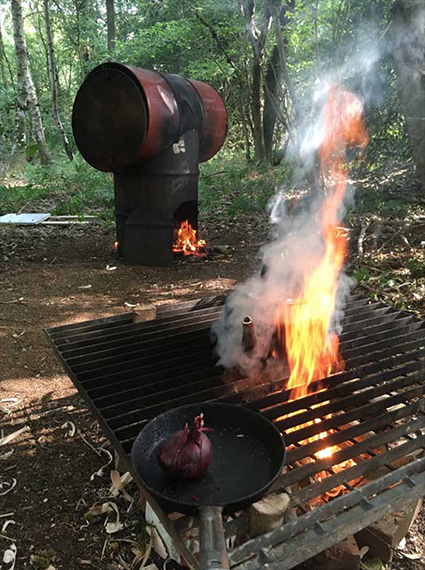
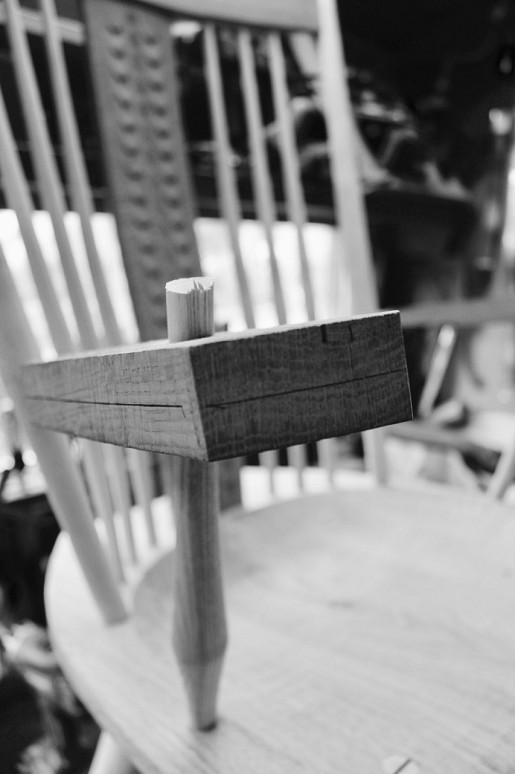
Name: Jason Mosseri
Location: Sussex UK
Specialist materials: Locally sourced timber
Products: Windsor chairs
Links [if available]: http://hopespringschairs.com/
Jason's practice involves furniture making with green wood and training of other makers directly within a woodland setting. He uses extensive skills in the selection and preparation of timber from local woodlands and applies hand-making techniques and some mechanisation in the form of pole lathes - thus minimising the use of electricity. During conversations he conveyed scepticism about sustainability rhetoric and is modest about his contribution. Is this as ‘sustainable’ as it gets in terms of producing a product we might ask?
Jason's embraces the traditions of 200 years of British Furniture making as a green-wood craft, freshly cut with a high moisture content reliance of hand-tools (as opposed to kiln dried timber), which is more stable but harder. He uses managed woodland supplies and that of diseased and fallen trees accessed throughout the year, but there are nonetheless rhythms and cycles of making related to the seasons and the material that underpin his practice.
These tacit skills and knowledges embody and subsume nature, rather than explicitly or actively foster or propagate nature and biodiversity. Well managed woods (when witnessed at night as he and his students often do) will likely lead to experiencing ‘badgers crashing around, deer and lots of birds’. Whilst there is no explicit, applied ecological science underpinning, the practice benefits indirectly from the ‘by-product' of meeting knowledgable people and those who manage the land. An awareness of the environment is coupled with a determined custodianship of the traditions of a chair form that has ‘little or no status’ as ‘the brown ones from down the pub’.
He would feel ‘bad’ if he worked in an industrial way as committed to a ‘low-impact lifestyle’ and the ‘right livelihood’ a ‘good way’ of developing an income. There is a ‘romance’ to working in the wood for him and his clients – he advises people to walk around the wood. ‘I connect well with nature’ he suggests and the objects do suggest this through their visual language, form and execution and an embodied knowledge of the different species through an ‘intimate’ experience of the material.
Discussions evolve around the consideration of resilience (of ‘native’ species) in times of disease and climate change versus the demand (now and therefore in the future). The ironies of diseased ash being sent to the fair east only to return in products and the demand for straight oak (in France) being governed and generated by the culturally significant use of wood in the wine trade and barrel production. Access to materials (woodland) is frustrating as what is often a landowners tax break - an ambition to plant lots of trees would be appended with a covenant to only allow greenwood workers to extract.
Our design questions relate to the impact ecological, scientific input and of change on the vernacular and ‘confines’ of the tradition (which too may be dictated by ‘the nature’ of the availability of the species).